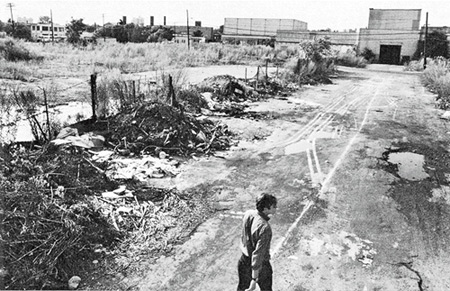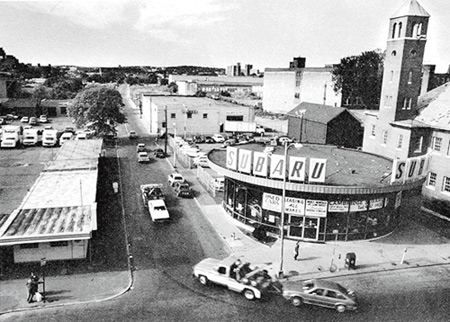Is Brown the New Green?
UNIVERSITY PARK AT MIT
University Park at MIT was built downtown for the simple reason that "MIT is sitting in this urban location," explains Peter Calkins, senior vice president of Forest City Boston and Forest City Science + Technology Group. According to Calkins, MIT wanted to have long-term control of the land around it and so began incrementally acquiring the 27-acre site to the west of its campus even before the university had a particular use for it in mind. At the time, the underutilized land was occupied by vacant industrial structures and residential developments.Â
Subsequently, MIT decided to redevelop the area as a mixed-use community with a focus on research and development to create a place where new technologies could spin off from academia and land in the private sector, entrepreneurial businesses could easily collaborate with its professors, and its students would be in close proximity to rewarding job opportunities. From the start, the university felt that a mixed-use approach would create the most vibrant community and would ease any issues of entitlement.
MIT executed a development agreement with Forest City in 1983. While the university purchased and cleared the property, and would continue to hold the fee interest in the land, the developer was responsible for undertaking any necessary remediation (with MIT sharing in the cost of that work), establishing the infra-structure, constructing new buildings and renovating old ones, and managing the property over the long term.
  |
Prior to being redeveloped into University Park at MIT, this site in Cambridge, Massachusetts, was largely underutilized. Images courtesy of Forest City |
Â
In many urban districts, public money is typically part of such a redevelopment process. Cambridge, however, didn't need to provide a lot of incentives for University Park because, explains Calkins, "generally speaking, it is an area where corporations want to be." The city did cover the cost of improving the roadways into and out of the area.
Although their financial commitments differed, the developer, the university, and the city worked together to craft a master plan, zoning and traffic guidelines, and other criteria to establish a framework for what would take 20 years to fill in.









